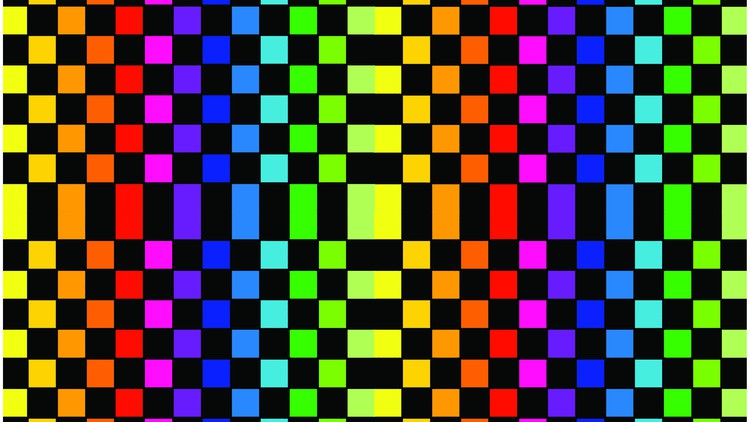
Introduction to the colors
What you will learn
An in-depth understanding of colors
Define hue, value and chroma
Discuss hue, tints, tone, and shades
Students will have understanding of the Color wheel
Students will able to understand color temperature
Students will have deep understanding of Psychology of color
Students will able to understand various types of color scheme
Students will be able to create color palette for their interior design
Description
This course covers various aspects of Colors: we discuss the Hue, chroma, and value. We also discuss the Hue, tints, tone, and shades.
We discuss color wheel and color temperature and their influences on interior design. We also talk about the Psychology of colors, how different colors generate different emotions, and how they influence interior design.
Color theory is a collection of rules for combining colors with being attractive to the eye and the senses. It gives us a general language to talk about how colors are utilized, ordered, coordinated, blended, and connected. The color theory explains why some colors look good together, and others don’t. As a result, it’s all about color mixing and visual effects.
Color has a great impact on our day-to-day life. It also affects human psychology, so one should be more careful while the section of color for your design. You need to apply color theory for the best positive results.
You should be careful about the temperature of color according to requirements. colors are divided into two parts on the color wheel warm colors ( colors which is near to red on the color wheel), cool colors ( colors that are closer to blue on the color wheel)
Understanding color theory necessitates a focus on the psychological components of a color. When choosing a color palette for your design, you’re probably thinking about how things will look, but the emotions that colors will evoke are also crucial. Color has a strong psychological impact on the human brain, with different colors evoking different meanings and feelings in your users.
Here, we will talk about colors that evoke most of the people’s feelings.
Red: risk, significance, and love The color red is known as the “energy color” because it may raise a person’s pulse, heartbeat, and metabolism just by glancing at it. It is an excellent color for catching a visitor’s eyes.
Blue: The blue color has different shades and creates different emotions. Light blue evokes calm emotions and makes the user feel fresh. The blue color is also related to luck.
Yellow : Yellow is associated with the warmth and happiness of life. The yellow color of the interior creates warmth and comfort, and is a trendy wall color. Yellow automatically lifts people’s hearts and makes the room look bright and sunny.
Orange: Orange is an optimistic color and has a sociable effect. This color is for diplomats who create energy and motivation. The blend of yellow and red turns orange, conveying warmth and excitement and usually appealing to young people.
Green: Green, found everywhere in nature, is the color of growth and health, representing regeneration and life. Green is strongly associated with a refreshing and peaceful color. It awakens a feeling of fullness while conveying a feeling of relaxation and security.
Violet: Violet is frequently related to spirituality and royalty. The power of crimson mixed with the calm of blue is miles a color that evokes intrinsic features and reflection. It is the color of the introvert. It is frequently used to inspire creativity and speak luxury.
Content